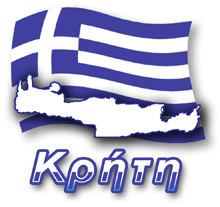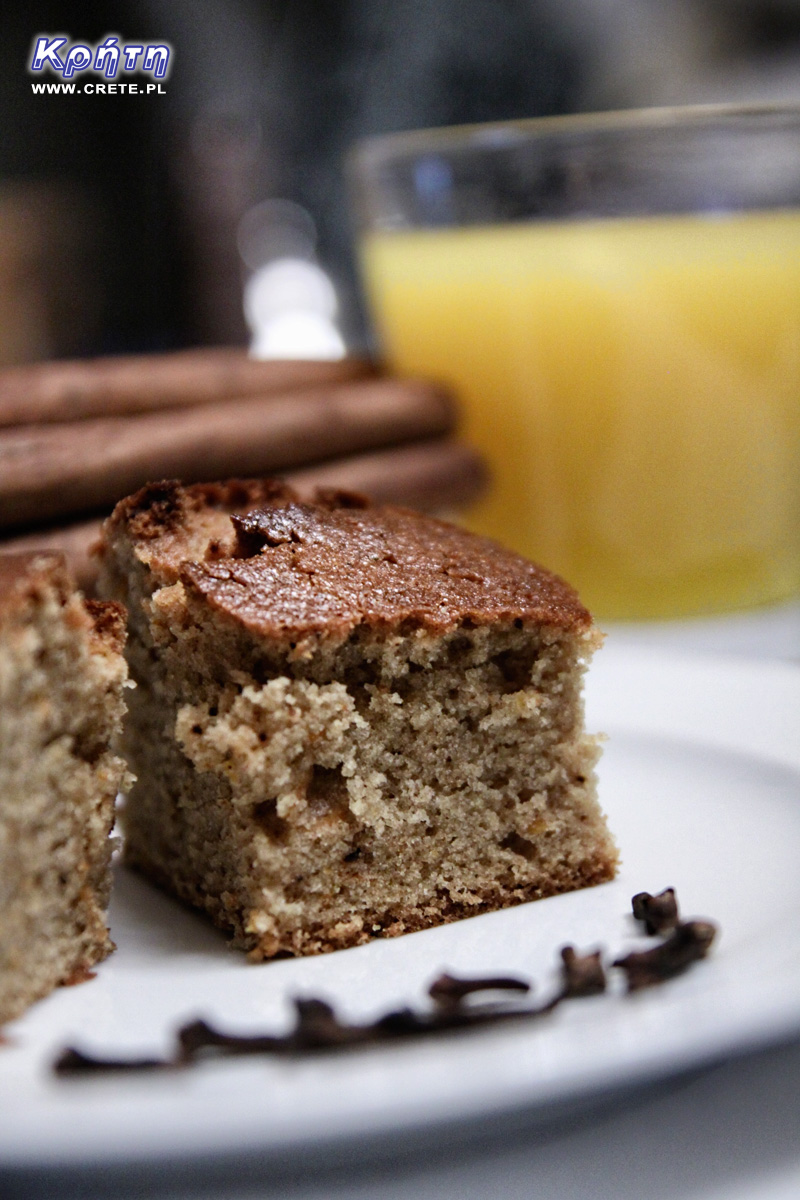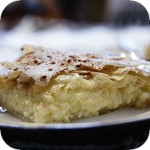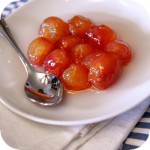

Greeks often use oranges to bake cakes and prepare desserts. Today we present a recipe for slightly less known but very easy to prepare Kéik portokáli cake, which is liked by all those who tried it. The juice of freshly squeezed oranges and spicy spices are responsible for its refreshing taste, and the simple execution will make this cake can be prepared very quickly in an "emergency" situation.
It is important to add freshly squeezed orange juice (preferably Greek), because the ready-made juice from the carton is usually reconstituted from the concentrate, completely unsuitable for this type of baking.
Some Greeks orange cake soaked sweet syrup also made of orange peel and sugar, but it is not necessary. In our opinion, the cake without this addition is equally delicious and quickly disappears from the plates. However, if someone would like to try this version too, at the end you will find a recipe for a simple syrup, which can be soaked in this cake.
1. Pound the oil with sugar and add the rest of the ingredients. At the end, add the flour slowly and mix until a thick mass is formed.
2. Spread the baking form with butter, pour the dough and bake for one hour at 180 degrees. For this cake will be better form wider to make the cake was not too high. It's best if the ready-baked cake gets a fairly thick cake.
3. After baking and cooling, the dough is basically ready to eat. As we wrote, there is no need to soak it with syrup.
However, if you plan to saturate the dough with syrup, then it should be cooled down first. During this time, we prepare syrup.
4. To a small pot we add water, sugar, grated lemon and orange peel and cinnamon stick.
5. Bring to a boil and then cook for about 5 minutes until the sugar is completely dissolved.
6. Then remove the pot from the fire, add honey and after mixing, soak the dough with hot syrup. We leave them at night so that the dough absorbs most of the syrup.
Καλή όρεξη!


Bougatsa is a beloved delicious sweet snack that can be served at any time of the day. Well suited instead of dessert or morning coffee. Creamy light vanilla center, crunchy filo pastry, on which cinnamon with powdered sugar tops the work. It is not easy to make a good filling for bougatsy, and the Greeks themselves have many ways to do it. It is also important cake - in Greek bakeries filo is prepared fresh, in the home conditions to a small bougatsy can be used frozen.

For us, mandarin marmalade is the essence of sun and holidays. This is one of the tastiest and most aromatic citrus marmalades. The condensed taste of citrus flavored with a solid portion of sugar makes an ordinary sandwich with such marmalade unique and for a moment resembles southern flavors.

Glyka tou koutaliou is a Greek delicacy that means fruits (usually) made in very sweet syrup. Such delicacies sometimes offer taverns at the end of the main meal, it is also a popular addition to desserts. Trying them can be a real test of resistance to the Greek definition of sweets. On our website we have already given a way for cherries in syrup, and today we add a recipe for the preparation of cherries. We chose one of the simpler and less time-consuming recipes that we have been using successfully for several years.
Komentarze
Jajco
Witam,
A gdzie jajka w przepisie?
pozdro
Jajka
W tym przepisie nie ma jajek. Składniki są dokładnie takie jak widzisz na stronie.
Oliwa
Tragedia! tysiące kalorii w tym cieście!
Oliwa
No jak zjesz je sama w całości i od razu to z pewnością będą to tysiące kalorii. :P Jeśli szukasz dietetycznego przepisu na ciasto to jednak nie w kuchni greckiej.
Zresztą polskie ciasta robione na bazie całej kostki masła też mają mnóstwo kalorii. Wszak kaloryczność tłuszczy jest zbliżona.
Wypełnij poniższy formularz aby dodać komentarz